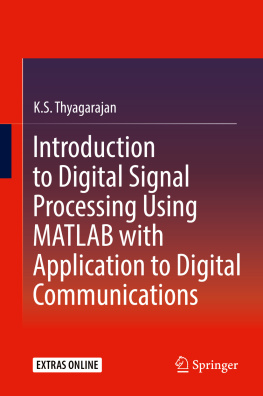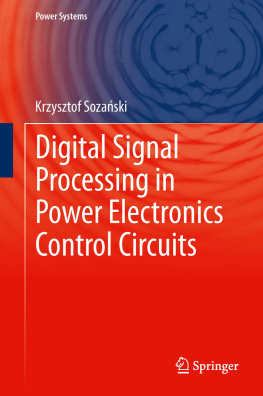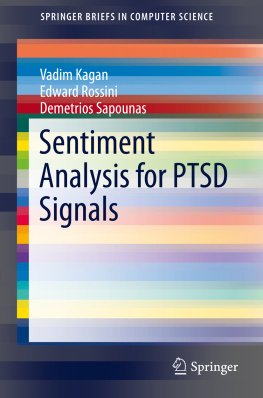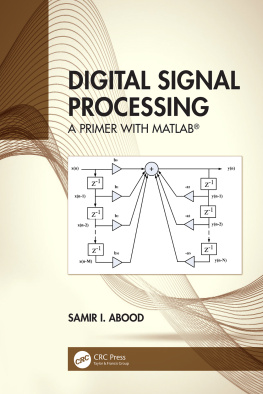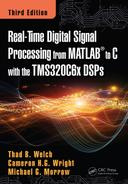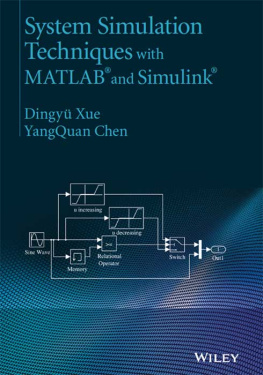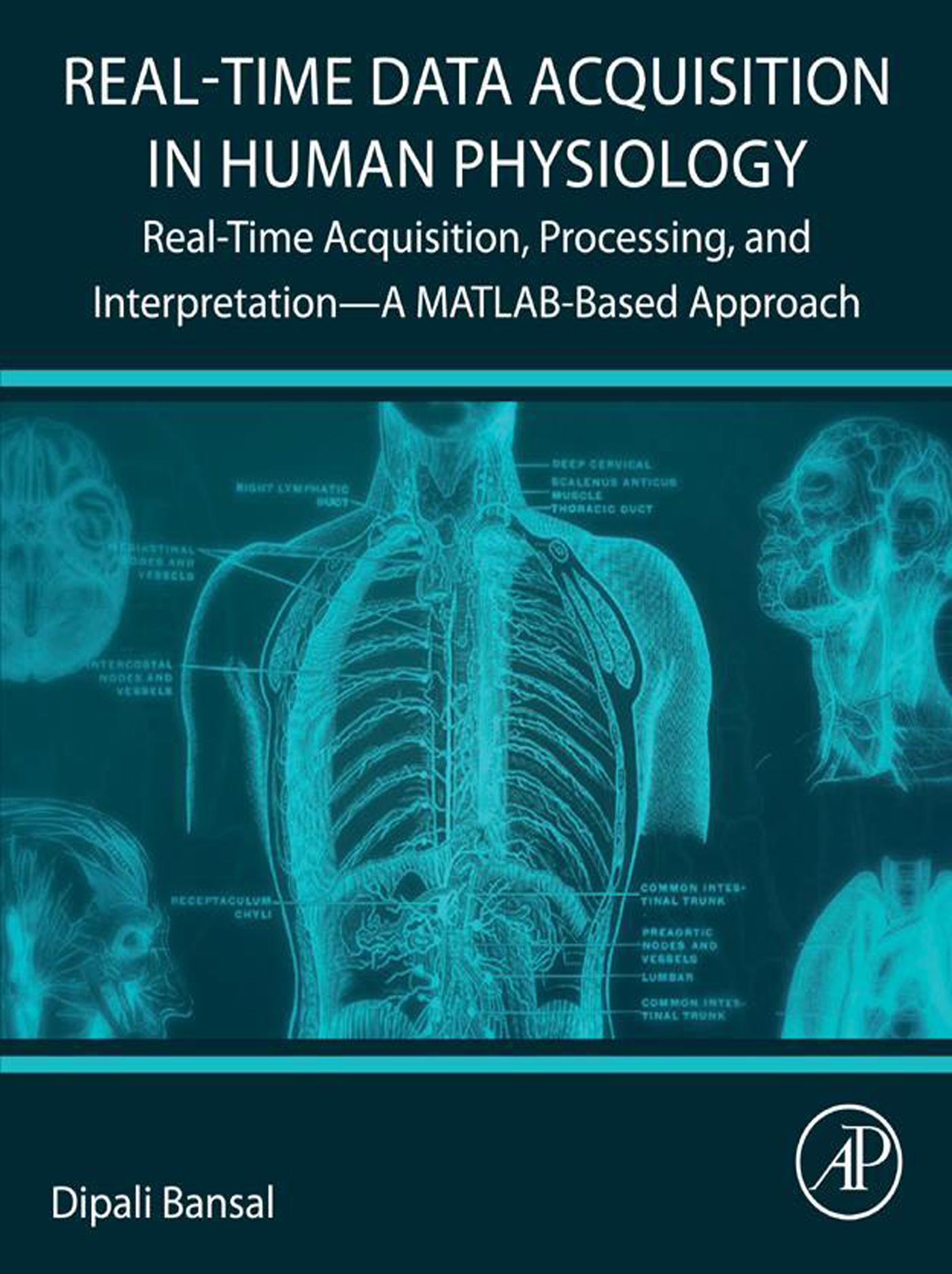Table of Contents
List of tables
- Tables in 3
- Tables in 5
- Tables in 6
List of illustrations
- Figures in 1
- Figures in 2
- Figures in 3
- Figures in 4
- Figures in 5
- Figures in 6
Landmarks
Table of Contents
Real-Time Data Acquisition in Human Physiology
Real-Time Acquisition, Processing, and InterpretationA MATLAB-Based Approach
Dipali Bansal
Dean of Engineering, Graphic Era (Deemed to be University), Dehradun, India

Copyright
Academic Press is an imprint of Elsevier
125 London Wall, London EC2Y 5AS, United Kingdom
525 B Street, Suite 1650, San Diego, CA 92101, United States
50 Hampshire Street, 5th Floor, Cambridge, MA 02139, United States
The Boulevard, Langford Lane, Kidlington, Oxford OX5 1GB, United Kingdom
Copyright 2021 Elsevier Inc. All rights reserved.
No part of this publication may be reproduced or transmitted in any form or by any means, electronic or mechanical, including photocopying, recording, or any information storage and retrieval system, without permission in writing from the publisher. Details on how to seek permission, further information about the Publishers permissions policies and our arrangements with organizations such as the Copyright Clearance Center and the Copyright Licensing Agency, can be found at our website: www.elsevier.com/permissions.
This book and the individual contributions contained in it are protected under copyright by the Publisher (other than as may be noted herein).
MATLAB is a trademark of The MathWorks, Inc. and is used with permission. The MathWorks does not warrant the accuracy of the text or exercises in this book. This books use or discussion of MATLAB software or related products does not constitute endorsement or sponsorship by The MathWorks of a particular pedagogical approach or particular use of the MATLAB software.
Notices
Knowledge and best practice in this field are constantly changing. As new research and experience broaden our understanding, changes in research methods, professional practices, or medical treatment may become necessary.
Practitioners and researchers must always rely on their own experience and knowledge in evaluating and using any information, methods, compounds, or experiments described herein. In using such information or methods they should be mindful of their own safety and the safety of others, including parties for whom they have a professional responsibility.
To the fullest extent of the law, neither the Publisher nor the authors, contributors, or editors, assume any liability for any injury and/or damage to persons or property as a matter of products liability, negligence or otherwise, or from any use or operation of any methods, products, instructions, or ideas contained in the material herein.
British Library Cataloguing-in-Publication Data
A catalogue record for this book is available from the British Library
Library of Congress Cataloging-in-Publication Data
A catalog record for this book is available from the Library of Congress
ISBN: 978-0-12-822118-1
For Information on all Academic Press publications visit our website at https://www.elsevier.com/books-and-journals
Publisher: Mara Conner
Acquisitions Editor: Chris Katsaropoulos
Editorial Project Manager: Chiara Giglio
Production Project Manager: Sreejith Viswanathan
Cover Designer: Vicky Pearson
Typeset by MPS Limited, Chennai, India

Preface
Understanding human physiology is vital to define and design a fool-proof analytical method that encapsulates all the minor and significant signals which would lead to the correct diagnosis of a disease. Bio-signal data acquisition and their processing are a precursor for diagnostic system development. An underlying condition or disease not only needs to be diagnosed but also should be monitored and a suitable therapy needs to be provided for recovery and rehabilitation. Real-time acquisition and processing of human physiology has become indispensable as an interdisciplinary tool, which along with advancements in computational algorithms, medical science, signal processing techniques, communication engineering, and big data practices could bridge the gap and promote the universal health goals.
Existing data acquisition systems (DAQ) enable detection, processing, monitoring and analysis of human physiology, and cater to a wide range of clinical and nonclinical circumstances. Their cost-effectiveness, quality, compactness, ease of use, reduced power requirements, availability, and so on are the prime factors based on which they can be assessed objectively. A lot has been achieved in this domain; however there is still scope for improvement in terms of noise immunity, universal connectivity, real-time processing, and analysis, and also because these systems are still unaffordable and beyond the reach of common man. Modern tools and techniques that have enabled the deployment of portable computer-based DAQ can facilitate continuous monitoring of human physiology in a much simpler and affordable manner.
The book Real-Time Data Acquisition in Human Physiology emphasizes the strategy and deployment of a PC-based arrangement for real-time acquisition, processing, and analysis of human electrocardiogram (ECG), electromyogram (EMG), and carotid pulse waveforms. The indigenous system designed and described in this book allows easy-to-interface simple hardware arrangement for bio-signal detection. The computational functionality of MATLAB is verified for viewing, digital filtration, and feature extraction of acquired bio-signals. This book demonstrates a method of providing a relatively cost-effective and realizable explanation to real-time monitoring, assessment, and evaluation of human physiology that can directly benefit the mass.
Key features of the book include an application-driven, interdisciplinary, and experimental approach to bio-signal processing with a focus on acquiring, processing, and understanding human ECG, EMG, carotid pulse data, and heart rate variability (HRV). It covers instrumentation and digital signal processing techniques useful for detecting and interpreting human physiology in real time, including experimental layout and methodology in an easy-to-understand manner. Detailed discussion is presented on the development of a computer-based system that offers direct connectivity with a computer via its sound card and eliminates the requirement of proprietary DAQ and ADC subsystems. It also covers MATLAB-based algorithm for online noise reduction and feature extraction and can infer diagnostic features in real time. Proof of concept is provided for a PC-based twin channel acquisition system for recognition of multiple physiological parameters. The use of digital signal controller to enhance features of acquired human physiology has also been explained. It also presents the concept that carotid pulsation can be utilized for HRV analysis in critical circumstances using a very simple hardware/software arrangement.


